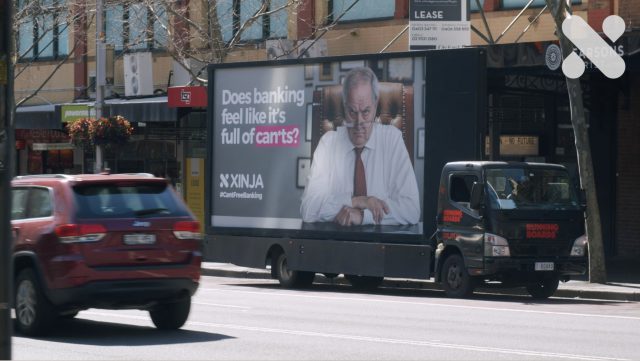The article below refers to the Australian Student Accommodation Industry. Nonetheless, the ideas contained in the article are equally applicable to the Student Accommodation, Build to Rent, Co-Living, and Retirement Living sectors in Australia and the UK.
International Education is a big business. There are over 700,000 international students enrolled in Australian universities and colleges, and those students bring in nearly $50 billion to the Australian economy. That’s more than 2% of GDP. Not only are these big numbers, but they are growing numbers. For many years, Australian universities and governments have actively attracted overseas students. More recently, students and universities are making up for time lost during COVID which has further increased growth in student numbers.
Growth in PBSA
Owners of rental properties near universities have been strong beneficiaries, with students clamouring to live in a convenient location. Purpose Built Student Accommodation (PBSA) businesses have seized the opportunity, buying up land and constructing as many buildings as they can. Development sites are aplenty around all major universities.




Although there are dozens of new PBSA projects underway, few of these new projects have reached completion. Which means right now, students continue to experience a shortage of accommodation. Existing PBSA operators maintain pricing power, with percentage annual increases often hitting double digits. Should that increase be 8%? 10%? 12%? If most operators were entirely honest, they would acknowledge that they don’t know for sure. They have lots of data, but they don’t really know how to best use that data. They do what “feels right”. Little do they realise, this approach is collectively costing them tens of millions of dollars each year.
If only they had spoken to Price Wizard!
The situation in the UK is no different. There is also a shortage of student lodging in the UK, with nearly 100,000 student beds in the pipeline.
What comes next
To meet the growing demand, Australian PBSA developers have been extremely active. Bed numbers have continued to increase from around 35,000 in 2012 to 76,000 in 2022. And forecast to hit 100,000 by 2025 based on current projects underway.
With growing student numbers, a shortage of rental accommodation, and increasing rents, who can blame the PBSA businesses for their aggressive growth?
And if the growing trend in international student numbers continues, the market will comfortably absorb the additional supply. On the surface, the future looks bright for the PBSA industry. BUT…
…not all augurs well in paradise!
To reduce the pressure on housing and weekly rents, the government has just announced a cap on international student numbers. This is a drastic policy which will hit the education sector and broader economy hard. Nonetheless, it politically expedient because it frees up more housing for existing Australian residents. Interestingly, when the Canadian government introduced similar caps, the uncertainty caused students to move elsewhere. The pendulum swung very quickly and student numbers actually fell below the caps!
It may be that the government hits the brakes on new student intake just when new student accommodation supply hits the market, which would slow or even reverse the increases we have seen in weekly rents. We may have a bubble that is about to pop. Or at least deflate.
However, there are no guarantees this will be the case. Alternative scenarios include the government backflipping on its commitment to reduce student intakes, or construction delays causing new supply to come on board slower than expected. The rental market in the next 2 years is more uncertain than it has been since the early days of COVID.
Conclusion
Whatever transpires, the techniques used to set PBSA rents in the past won’t work in the future. Simply looking in the rear-view mirror and raising rates by 6-10% each year is a dangerous game. Copying what your competitors are doing is also fraught with danger. These approaches might have been successful in the trending market we have seen in recent years. However, as Warren Buffet famously proclaimed, “A rising tide floats all boats… only when the tide goes out do you discover who’s been swimming naked.”
A better approach involves constant monitoring of demand, supply and competitors’ rents, and the ability to adjust quickly when any of these factors change.
Post Script
Unless you have a crystal ball, it is impossible to know exactly if or when the tide will go out. But you can be ready to adjust as soon as it does. A better approach to Revenue Management involves constant monitoring of demand, supply, and competitors’ rents, and the ability to adjust quickly when any of these factors change. If you aren’t reviewing your rents every month then you could find yourself swimming naked…





